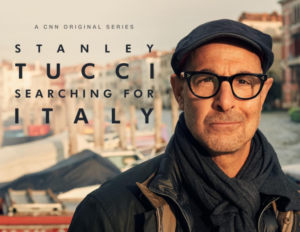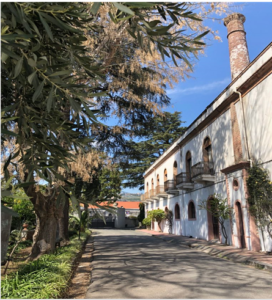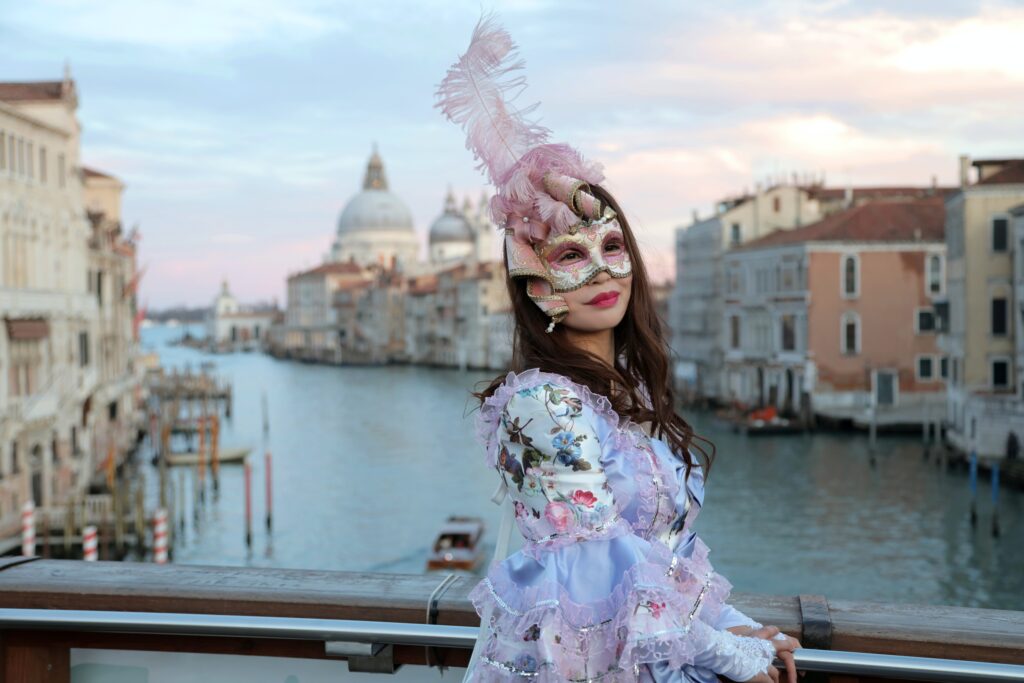 After more than one year after the last episode, “Stanley Tucci: Searching for Italy” season two will premiere on Sunday, May 1st at 9pm ET on CNN.
After more than one year after the last episode, “Stanley Tucci: Searching for Italy” season two will premiere on Sunday, May 1st at 9pm ET on CNN.
The series is a sensational exploration of regional Italian culinary traditions and owes its success both to Stanley Tucci, to the picturesque landscapes, to the food and to the people. Not only did the first season feature an acclaimed chef such as Massimo Bottura and his “Osteria Francescana”, the three-Michelin-star-restaurant based in Modena, but also gave credit to local, family-owned businesses that had a hard time during the lockdown.
In the show, Tucci travels throughout Italy exploring different regions and tasting local food. “Searching for Italy” presents the unique features of each city: Naples offers its exuberance and colorful expressions, Milan is cosmopolitan, Bologna, “La Grassa,” has an established culinary history and academic community, while Rome’s grandeur and history are legendary. Each region of Italy offers its unique characteristics and gifts to travelers.
Italian style, history, elegance, and culinary traditions merge into an explosion of flavors and colors.
Italian regions differ widely from one another, which is why Tucci’s attempt to portray such diversity is remarkable.
Beginning on May 1, 2022, Tucci will visit Umbria, Venice, Piedmont, among other locations.
We cannot wait to join Stanley Tucci as he revels in the sights, sounds, and tastes of Italy. Buon appetito!it














